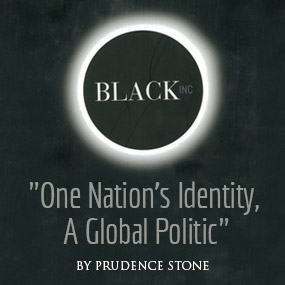New Culture Making Cow Cheese Without Cows
Head of Silicon Valley-based food startup New Culture, New Zealander Matt Gibson, founded the company because he didn’t like the non-dairy options on the market, according to a story by Larissa Zimberoff published online at Bloomberg.
“I just don’t think you can make cheese with any of the plant-based proteins,” Gibson said.
New Culture uses cellular agriculture to make dairy cheese: cheese from its own lab-grown casein, another protein derived from dairy. In the lab, New Culture has crafted a super stretchy, believable version of mozzarella – the most consumed cheese in the US. Another startup, Motif Ingredients – a spinoff of Gingko Bioworks – is using $90 million in funding to focus on lab-grown dairy proteins as flavour and texture ingredients.
Whether you’re milking them or slaughtering them, industrial cattle husbandry is bad for the planet. Studies show it to be a key culprit in the climate crisis and a source of localised environmental damage. The refrigerator aisle has been full of plant-based dairy for some time, but now there are a few startups who, like the purveyors of cultured meat, want to take dairy one step further.
Already under siege by falling milk sales, Big Dairy lobbyists have been lashing out at makers of plant-based rivals as they grow market-share. But their next enemy may be coming from those in the laboratory, in the form of synthetic whey, and investors are already lining up.
In a 2018 interview, Gibson explained his decisions for venturing into producing dairy without cows.
“Being from New Zealand, where dairy is our biggest export, I’ve been around it my whole life and seen the damage it can cause to the environment as well,” he told CellAgri. “And so that was the big reason why I got into dairy.”
“What we’re doing is already being used in the cheese industry,” Gibson said. “The key part of making cheese from milk is forming coagulating milk to form curds, which is what cheese is made from. Currently, people use chymosin to make curd. Most chymosin comes from the same technology that we’re using. It comes from microbes engineered to produce this enzyme. In that sense, what we’re doing is no different than what is already done in the cheese industry. We just use it for protein instead of only for chymosin.”
Original article by Larissa Zimberoff, Bloomberg, July 12, 2019.















